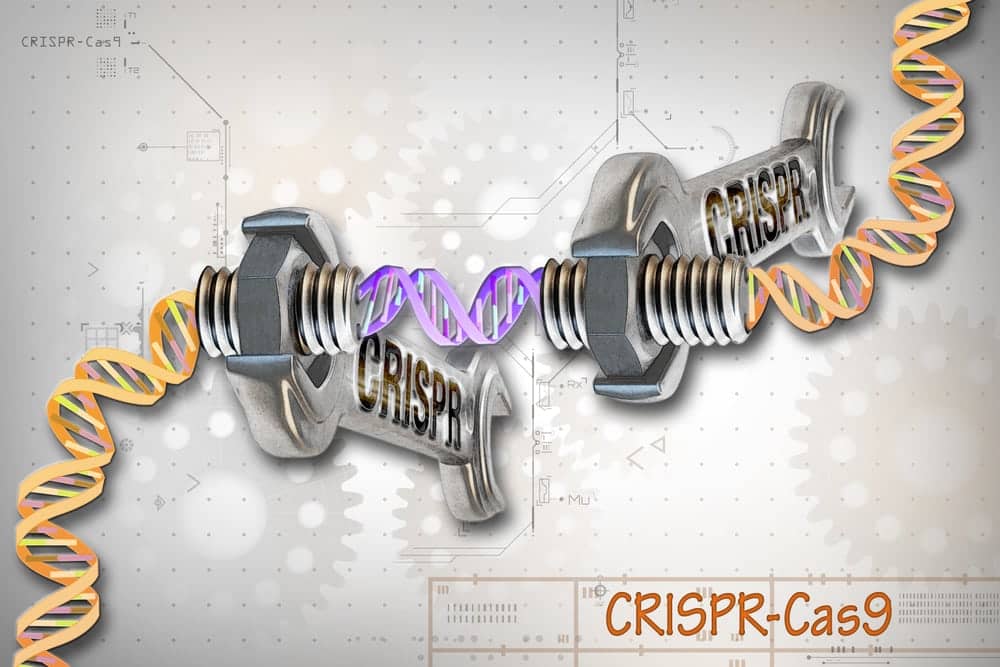Last Updated: January 3, 2019
Does “gene editing” make you think of designer babies? But what if, instead of selecting for ‘desired’ traits, the edits were used to prevent serious, debilitating, and life-threatening conditions and diseases? CRISPR technology may make this possible.
What is CRISPR? CRISPR stands for Clustered Regularly-Interspaced Short Palindromic Repeats. It’s a technology that researchers are using to in an effort to edit or “fix” genes within cells. The technology uses the immune system of bacteria and other microorganisms to make these edits. Want to learn more about how CRISPR works? Check out this explanation and video from the Broad Institute.
How can we use this system in research and medicine? If we could hijack the CRISPR system, we may be able to use it to inactivate faulty genes or even incorporate new genes into genomes. In the near future, it is possible that we could use this technology to fix faulty segments of genes in diseases such as cystic fibrosis, sickle cell anemia, and Tay-Sachs disease. Some labs have already reported successful trials treating mice with genetic diseases by using this gene editing technology.
What’s all the recent controversy about? In November 2018, multiple sources reported that He Jiankui, a Chinese researcher, claimed to have used CRISPR to modify the DNA of embryos with the goal of reducing the risk of HIV progression if transmitted from their father. His claims remain unverified, and outrage ensued in the scientific and bioethics communities. Though CRISPR may one day be a game-changer in treating genetic diseases, many felt his research was premature, lacked transparency and proper oversight, and failed to meet ethical research standards. See the National Society of Genetic Counselors’ response to the controversy. For more on the controversy and balancing CRISPR risks and benefits, check out these articles by the Atlantic and NPR.
Works Consulted:
What Is CRISPR?
CRISPR: A Game-Changing Genetic Engineering Technique

